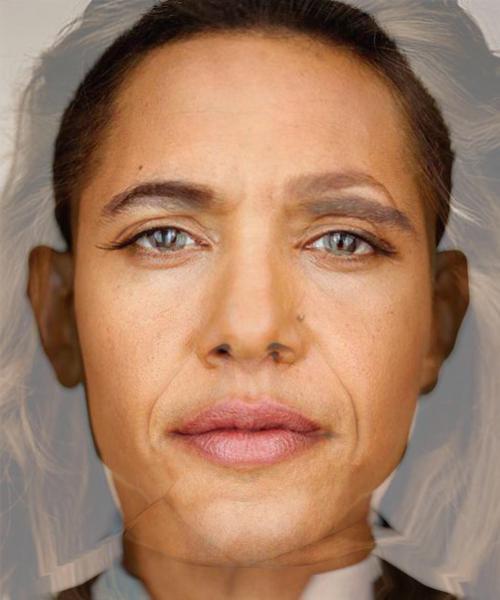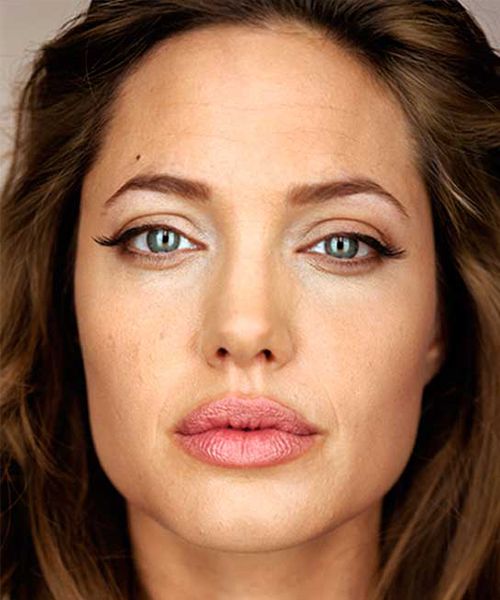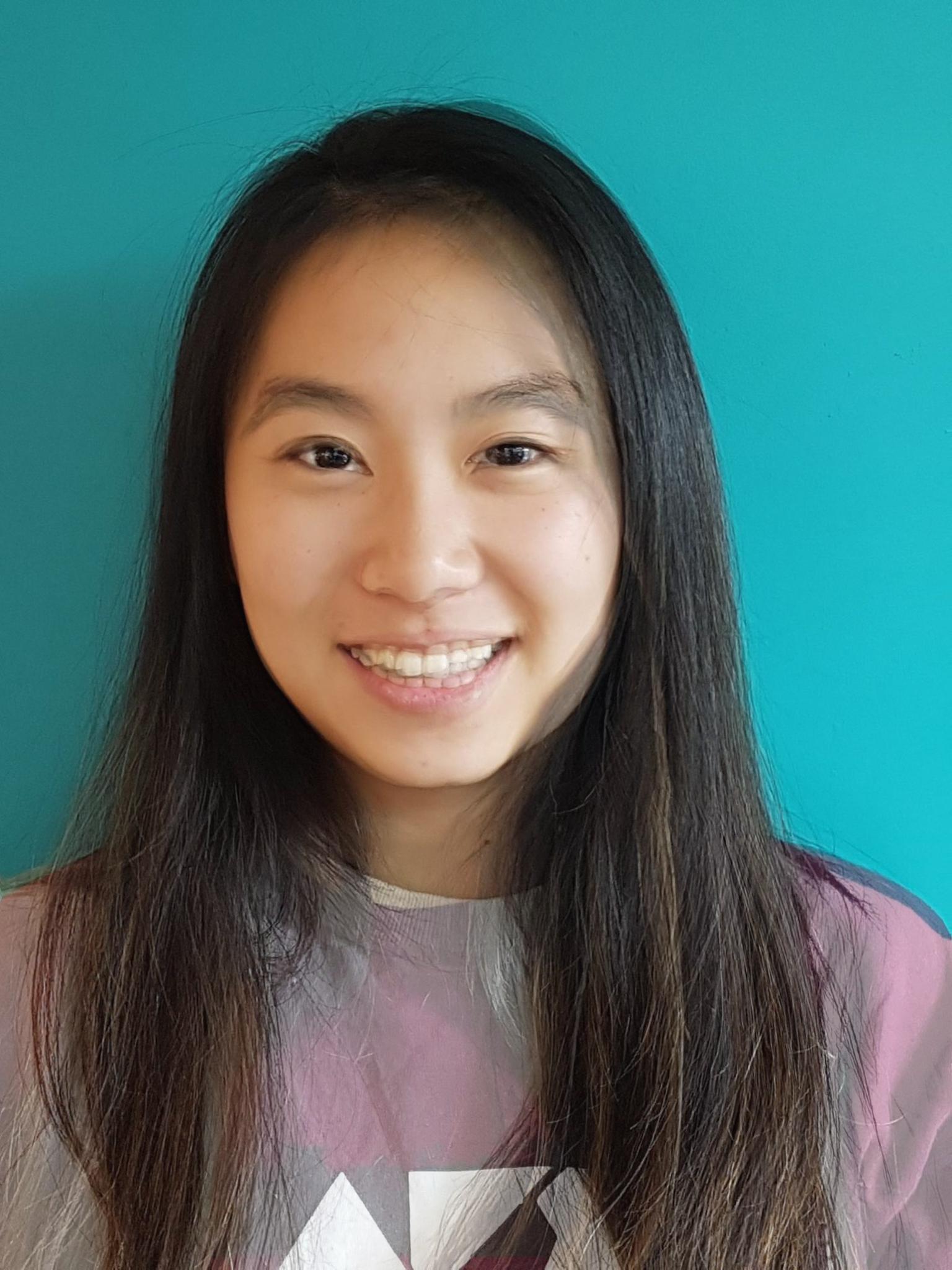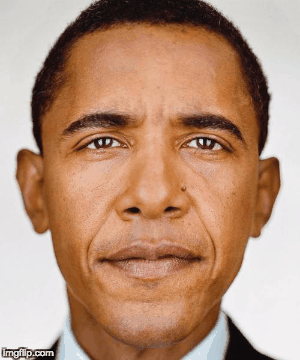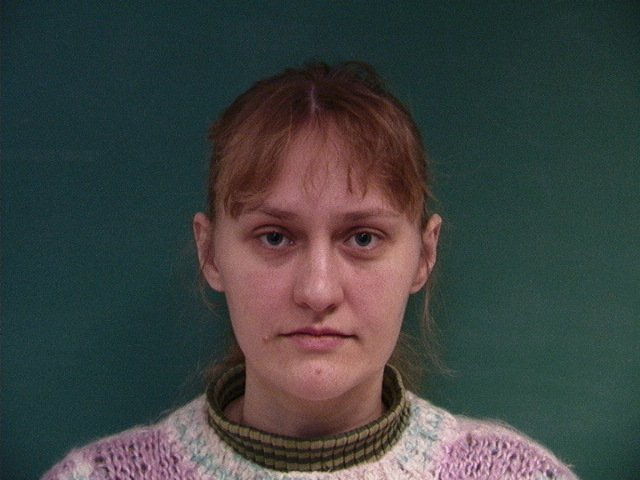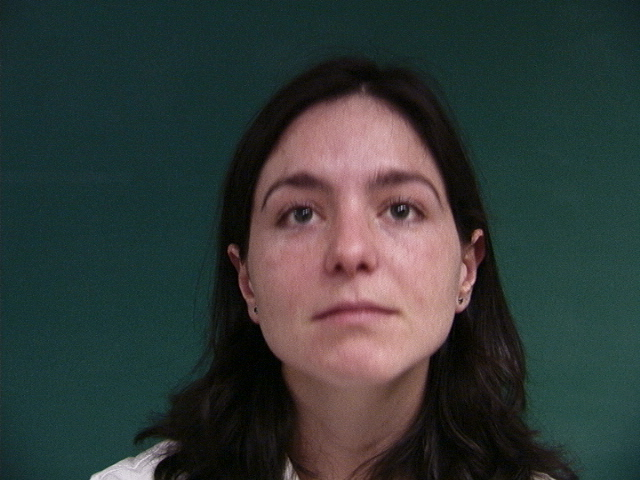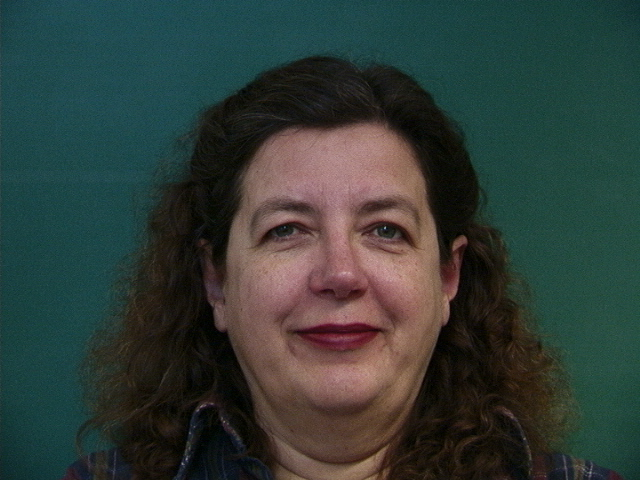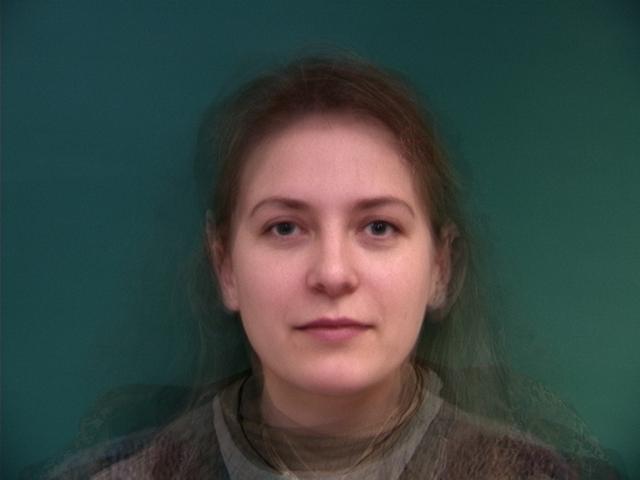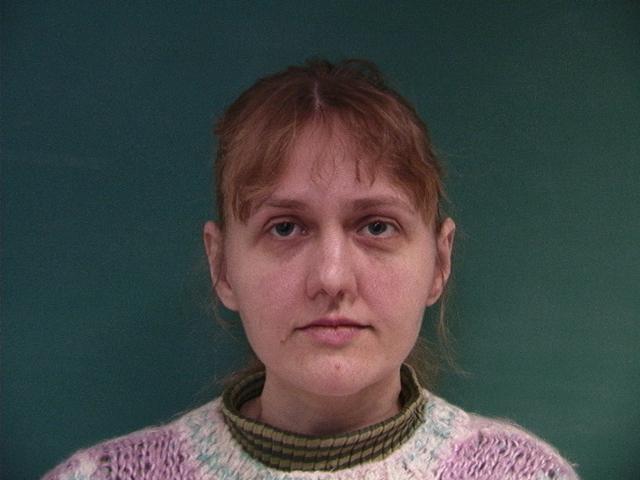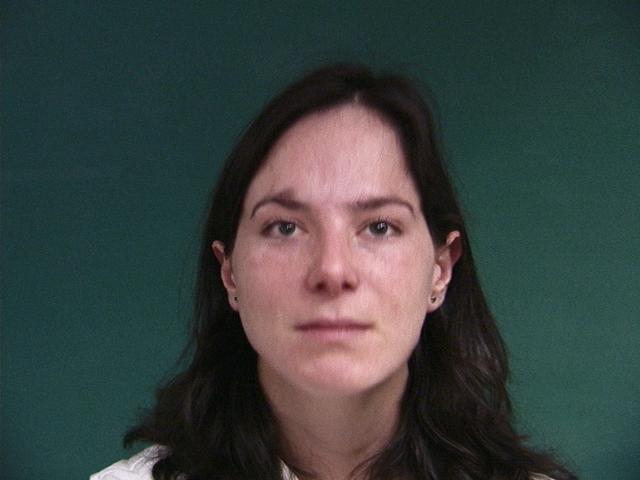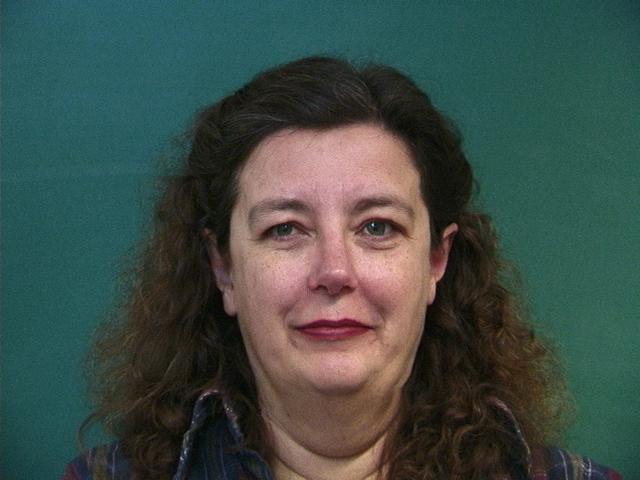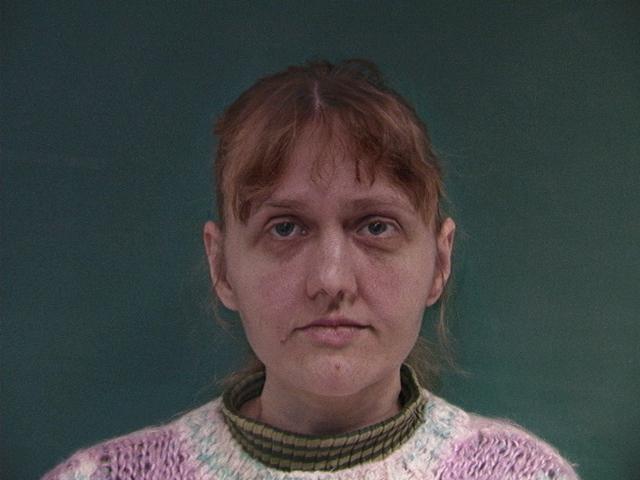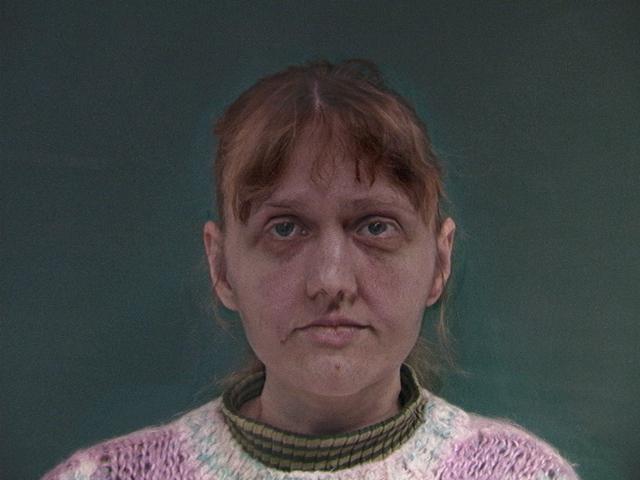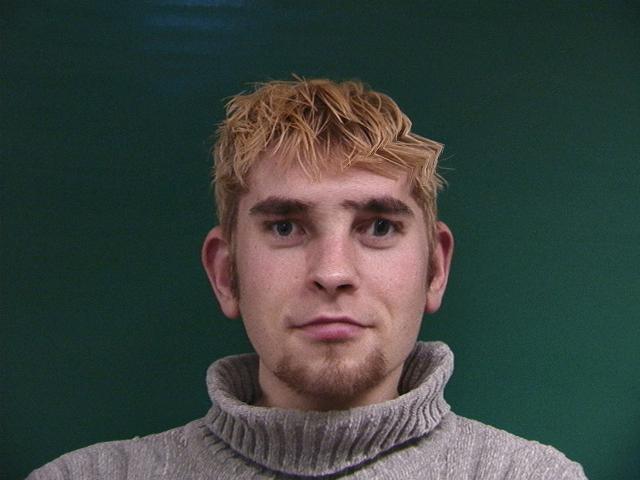Face Morphing
Nerissa Lin CS194-26-adv
Overview
In this project we use our learned knowledge of affine transformations to morph images together, resulting in some pretty cool gifs of faces seemingly morphing into each other.
We take photos where we can pick out the items that should line up - eyes to eyes, nose to nose etc. Once this has been defined, we can begin the morph. Wecan achieve this through calculating some mean shape and then transitioning the image into that shape, similarly, mapping the colors from the original image onto the final image and lastly, we can abstract this to learn about the average face of a population or features that are unique to a group, playing upon this to lastly form caricatures of people.
Defining Correspondences

We carefully select a range of features that are deemed significant to morph accurately - particularly, the hair, face, eyes, nose, mouth were all points of interest. It also helped when points along the hairline matched up with points of interest like the eyebrow for example, where this would generally make the entire face seem to be slightly more inline. Taking care in the selection can make a huge difference between what the final end image looks like.


